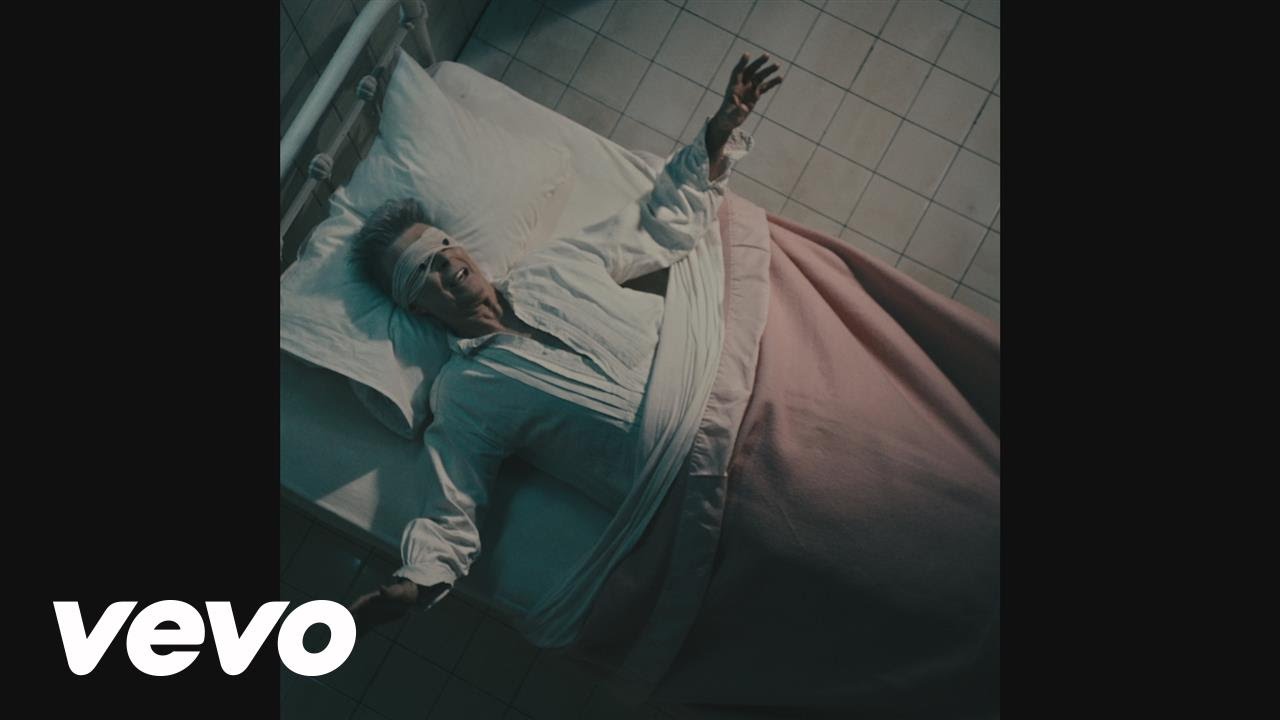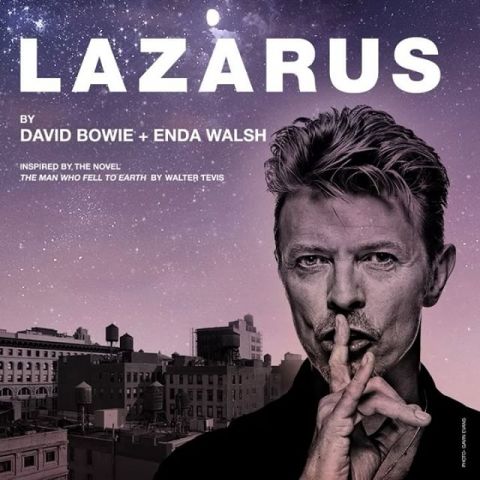
“These must be albums that nobody ever bought so they got moved here,” he says. “That’s not the David I had known in early years.” In one hilarious moment, Bowie looks through cassettes on a discount rack and finds the 1989 release by his side project, Tin Machine, and 1979’s Lodger.

“His sense of humor was on,” Slick recalls. Tour footage from that time shows Bowie goofing off with his band and checking out a Montana truck stop, at one point competing with guitarist Earl Slick to win stuffed animals in a claw-machine game. There is also a lengthy prologue centering on Bowie’s 2003-04 Reality tour, which ended prematurely when he suffered a near-fatal heart attack right after stepping offstage at a festival in Germany. “I wanted to look at his final period through the prism of the past,” Whately says. Whately frequently uses concepts and references in Bowie’s final songs to flash back to prior moments in his career when they were explored he traces the theme of celebrity from “The Stars (Are Out Tonight)” back to Bowie’s lifelong struggle with fame. “For the four or five minutes he was singing, he would pour his heart out.” The most chilling moment comes when he plays the isolated vocals from “Lazarus,” which allow you to hear each agonized breath Bowie took between lines. Whately also spent time with Tony Visconti, Bowie’s frequent producer from 1969 all the way up to Blackstar, who shares unheard demos from the last sessions. “Even being ignorant of all this,” Monder says, “I was struck by how energetic he was and what great spirits he was in.” Guitarist Ben Monder says he was unaware Bowie was sick at all as they recorded. He filmed the Blackstar musicians at 55 Bar, the same downtown New York jazz club where Bowie first saw them perform before inviting them to play on the album. He decided to get creative, reuniting the bands that performed on 2013’s The Next Day and Blackstar, asking them to play and share their memories of the highly secretive sessions. “And one way of coping with the pain of the treatment and knowing what was going to happen was to keep himself occupied.”


“He wanted to make his final act one to remember,” says Whately. The film, which airs on HBO in January, traces the singer’s final chapter as he emerged from a long hiatus to create two brilliant albums and an off-Broadway musical – while battling an illness that would take his life just two days after 2016’s Blackstar was released. “I’ve got scars that can’t be seen.”įootage from that day and recollections from those who were there make up one of the pivotal scenes in David Bowie: The Last Five Years, a revelatory new documentary directed by Francis Whately – who chronicled Bowie’s golden Seventies period in his 2013 documentary David Bowie: Five Years. “Look up here, I’m in heaven,” he howled. Bowie spent the day in a hospital bed as cameras captured him with a bandage around his head. The very same week, he traveled to a Brooklyn soundstage to shoot a video for his new song “Lazarus,” the name of a biblical figure that Jesus brought back from the dead. In October 2015, David Bowie decided to end his cancer treatments after learning the disease had spread too far to recover from.


 0 kommentar(er)
0 kommentar(er)
